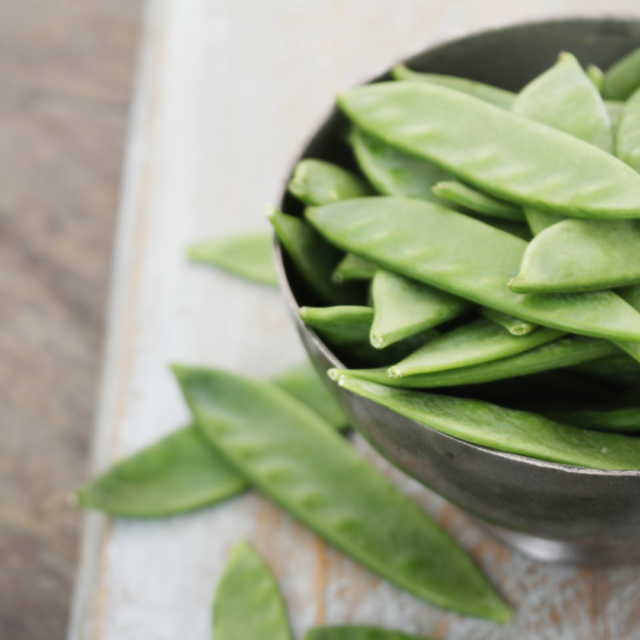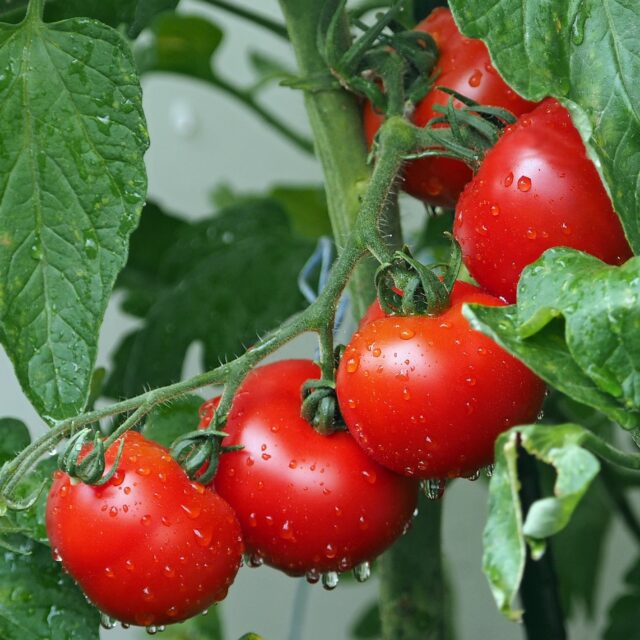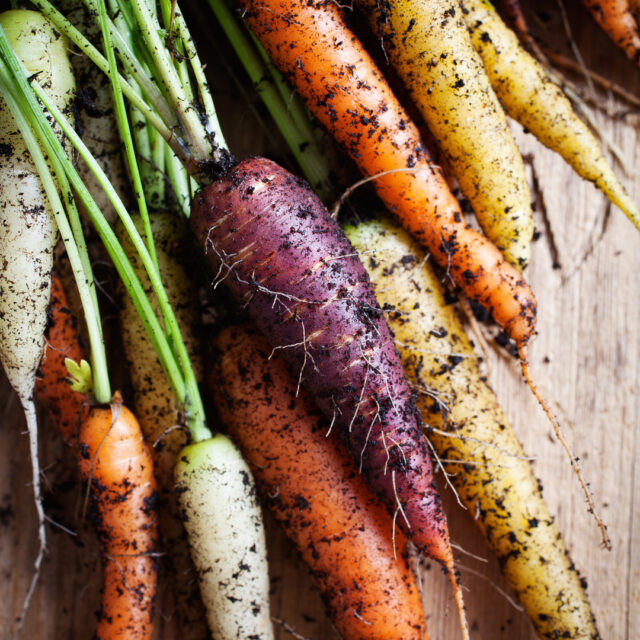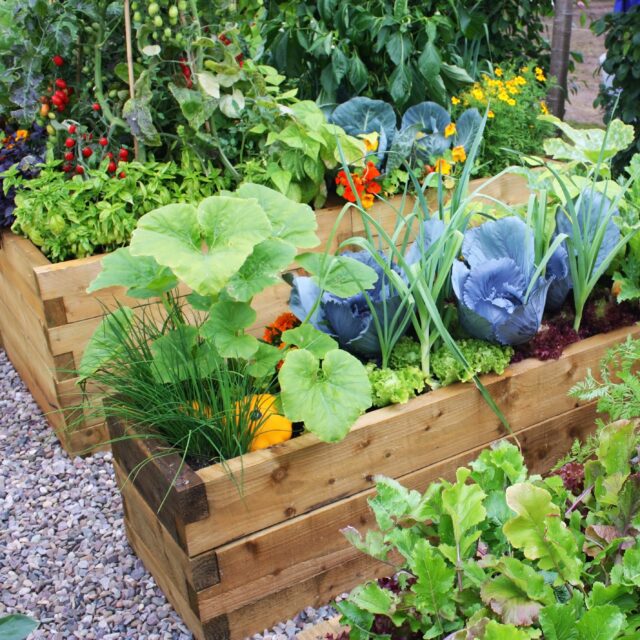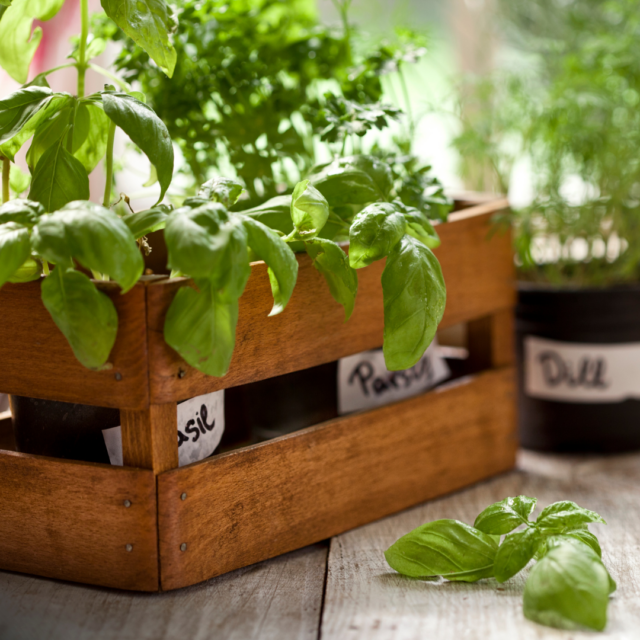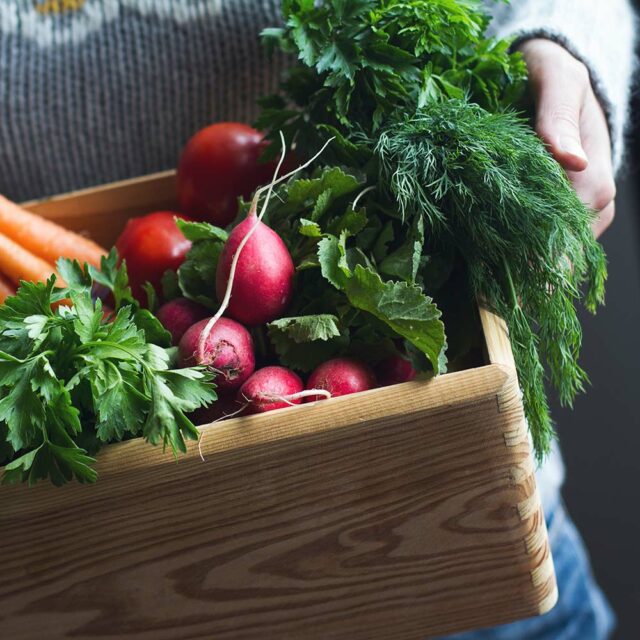We touched on it briefly in last weeks blog, but this week we’ll be looking more in depth at crop rotation! To learn why crop rotation is beneficial, and the best practices when doing so, read on!
What is Crop Rotation?
Simply put, crop rotation is not growing the same thing in the same place for two years in a row. In fact, the longer the gap between planting the same crop in the same place, the better!
Leaving a gap of three, or even four, years will decrease the number of pests present in the soil. This is because the host plant that they feed on is no longer present.
Why Bother?
Growing the same crops in the same place, year after year, will see an increase in pests and diseases that are specific to that crop.
Since different crops require different levels of nutrients, if the same crop is in the same place for too long the soil can become unbalanced. The plants can exhaust the soil of one nutrient, but leaving an abundance of another.
This is sometimes referred to as having ‘sick soil’, and even adding fertilisers may not help and trace elements are often depleted as well.
So, rotating crops increases the balance of nutrients in the soil. This can lead to having higher yields and healthier soil. Win win!
Principals of Crop Rotation
There are some basic rules and principals it’s best to follow when undertaking crop rotation.
- Have the largest possible gap between potatoes occupying the same piece of ground. This also applies to brassicas.
- Keep lime away from potatoes. This is because it increases the chances of them getting scab. Potatoes should be planted as far away from the application of lime as possible.
- Brassicas, however, like a limey soil.
- Don’t plant root crops, such as carrots and parsnips, in soil that has had manure added to it the previous autumn, as it will cause them to fork and split.
- If possible, keep plants of the same family together as their needs will be similar.
The Four Year Rotation Plan
Here is an example of a four year rotation plan.
| YEAR 1 |
| Plot 1 Potatoes followed by lime |
| Plot 2 Legumes followed by additional manure |
| Plot 3 Brassicas & Other Crops (Lime around brassicas at planting time) |
| Plot 4 Onions & Roots followed by heavy manuring |
| YEAR 2 |
| Plot 1 Legumes followed by additional manure |
| Plot 2 Brassicas & Other Crops (Lime around brassicas at planting time) |
| Plot 3 Onions & Roots followed by heavy manuring |
| Plot 4 Potatoes followed by lime |
| YEAR 3 |
| Plot 1 Brassicas & Other Crops (Lime around brassicas at planting time) |
| Plot 2 Onions & Roots followed by heavy manuring |
| Plot 3 Potatoes followed by lime |
| Plot 4 Legumes followed by additional manure |
| YEAR 4 |
| Plot 1 Onions & Roots followed by heavy manuring |
| Plot 2 Potatoes followed by lime |
| Plot 3 Legumes followed by additional manure |
| Plot 4 Brassicas & Other Crops (Lime around brassicas at planting time) |
Additional; sweetcorn and squashes can be fitted in with both brassicas and legumes.
Permanently sited crops include: rhubarb, Jerusalem artichokes, globe artichokes, asparagus and comfrey.
To Conclude
Crop rotation is a great way to ensure adequate nutrients remain in your soil, and you get a higher yield. It can also prevent keep pests and diseases from spreading to your crops.
Have you ever done crop rotation in your garden or allotment? Let us know!
